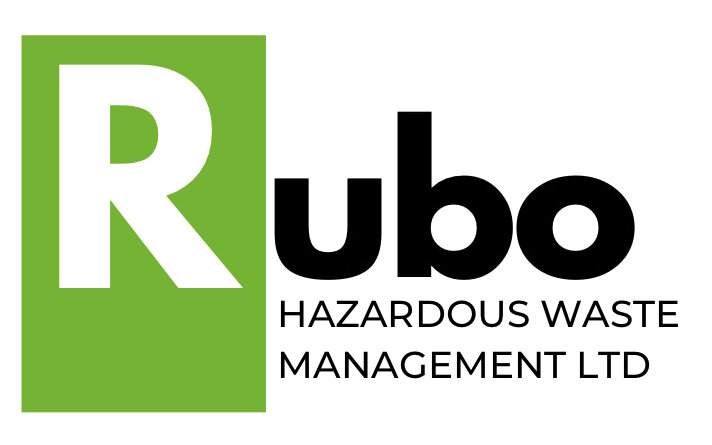Turning Hand Sanitiser Waste into Renewable Energy Through Anaerobic Digestion
At Rubo Hazardous Waste Management, we help businesses handle challenging waste streams with sustainable solutions. This case study focuses on our recent project managing the disposal of surplus hand sanitiser waste for a UK-based manufacturer.
The Challenge
The client required a sustainable and compliant solution to dispose of 50,000 litres of hand sanitiser waste. The material, classified as hazardous under UN 1170 (Ethanol Solution, Class 3), posed significant risks due to its flammability (H225 – Highly flammable liquid and vapour) and potential to cause serious eye irritation (H319).
The composition of the hand sanitiser included ethanol, a highly volatile and flammable substance, requiring careful handling to prevent environmental harm and ensure workplace safety. The client sought a disposal method that aligned with their sustainability goals, favouring an approach that minimised waste and maximised environmental benefits.
Our Solution
Rubo provided a customised hazardous waste management service, incorporating:
Safe Collection and Transport:
The hand sanitiser waste was securely stored in UN-approved IBCs, adhering to ADR regulations for hazardous materials.
Detailed labelling and documentation ensured compliance, including hazard classifications and HP Codes (HP3 – Flammable, HP4 – Irritant).
Sustainable Disposal via Anaerobic Digestion:
The ethanol content made the hand sanitiser waste an excellent candidate for anaerobic digestion. This process uses microorganisms to break down organic material in an oxygen-free environment, converting it into biogas—a renewable energy source—and digestate, which can be used as a fertiliser.
Environmental and Regulatory Compliance:
Our team worked with our licensed facility to ensure the waste was treated in line with UK and EU hazardous waste regulations.
The process not only prevented the waste from entering landfills but also contributed to renewable energy generation.
Teaching Moment: Why Anaerobic Digestion?
Environmental Benefits: Anaerobic digestion provides a dual benefit of renewable energy production and waste reduction.
Circular Economy: The process repurposes hazardous materials, ensuring resources are reused effectively.
Safety and Compliance: By treating the waste at licensed facilities, risks associated with improper disposal are eliminated.
The Results
Volume Processed: 50,000 litres of hand sanitiser waste.
Environmental Impact: The waste was successfully converted into renewable energy and nutrient-rich digestate, aligning with the client’s sustainability goals.
Client Benefits: A cost-effective, eco-friendly disposal method with full regulatory compliance.
Rubo offers innovative waste management solutions that prioritise sustainability and compliance.
